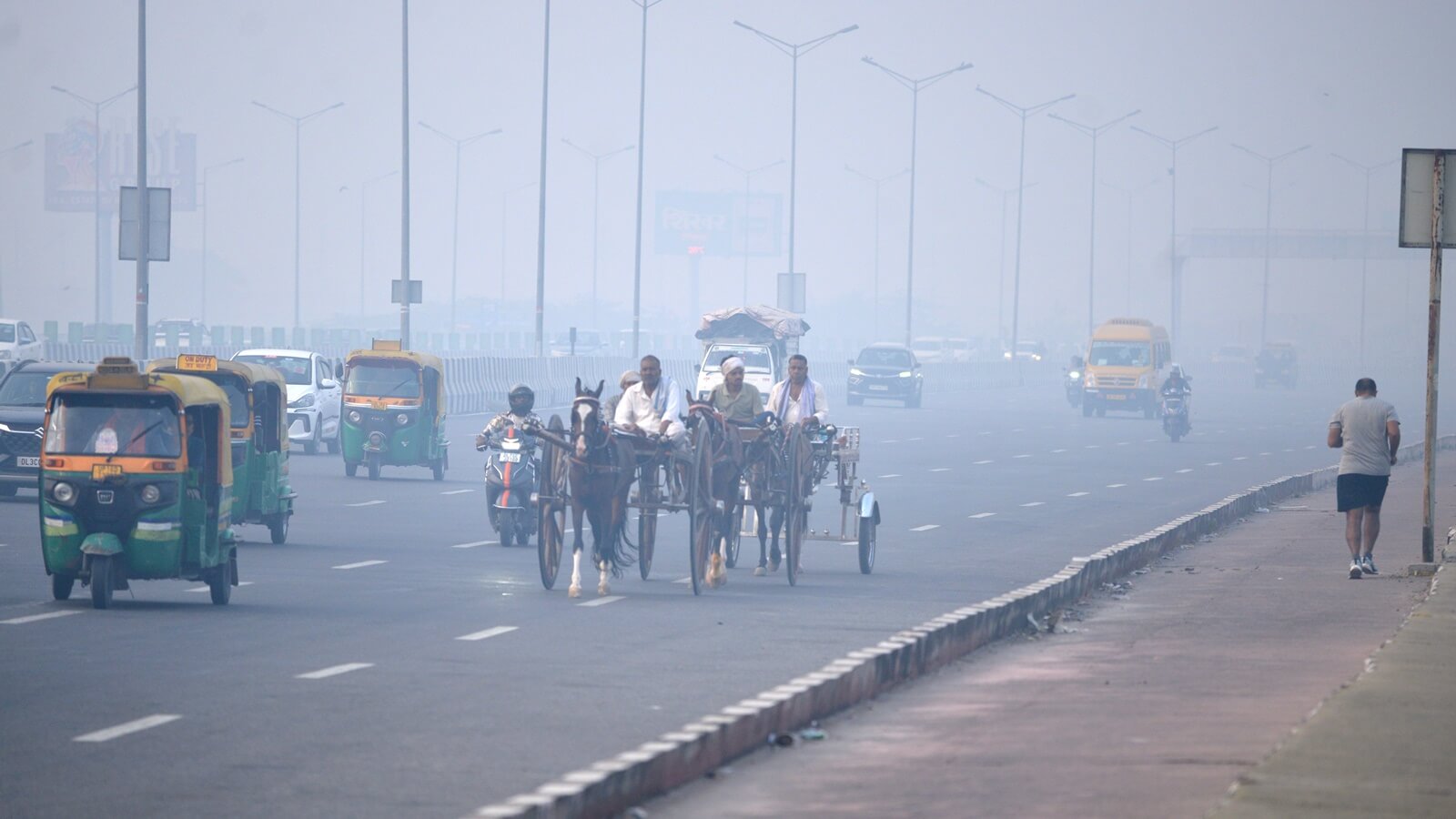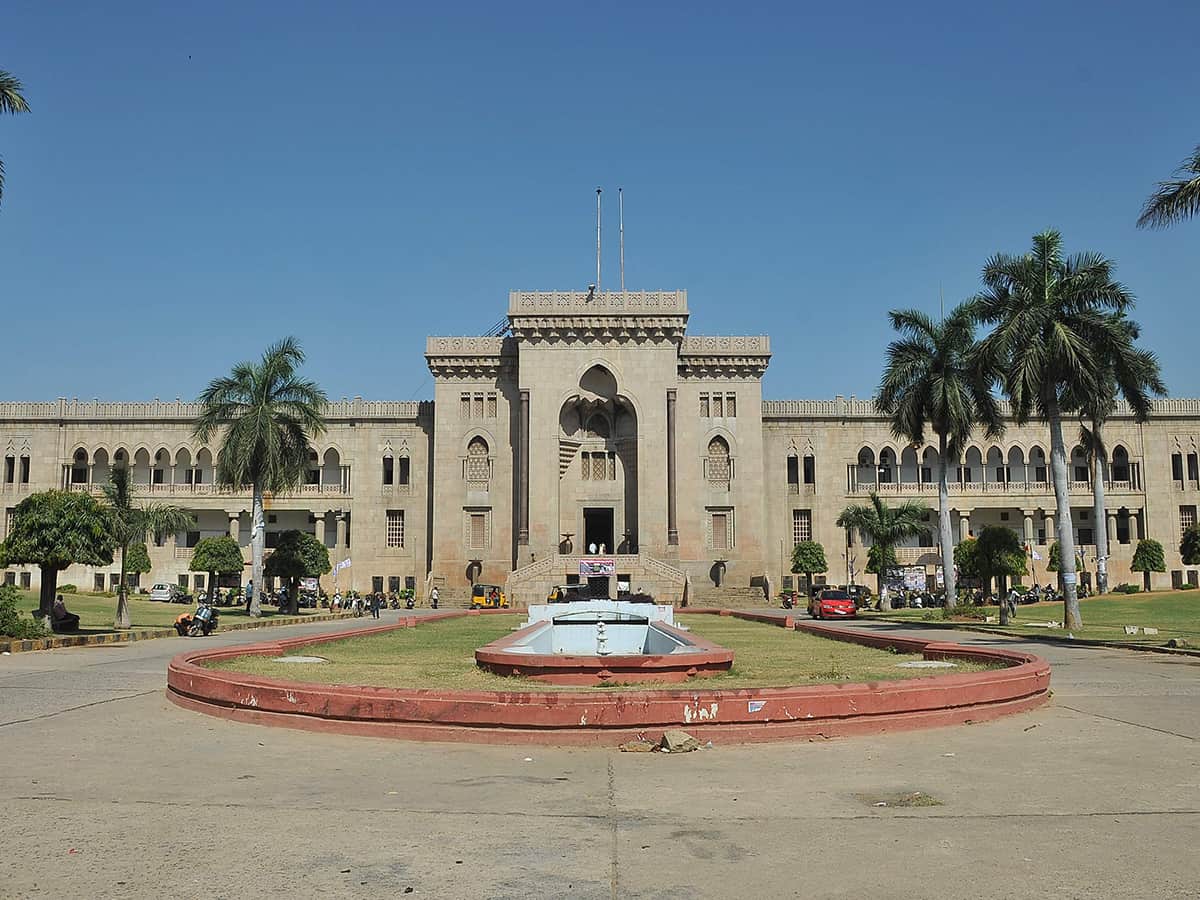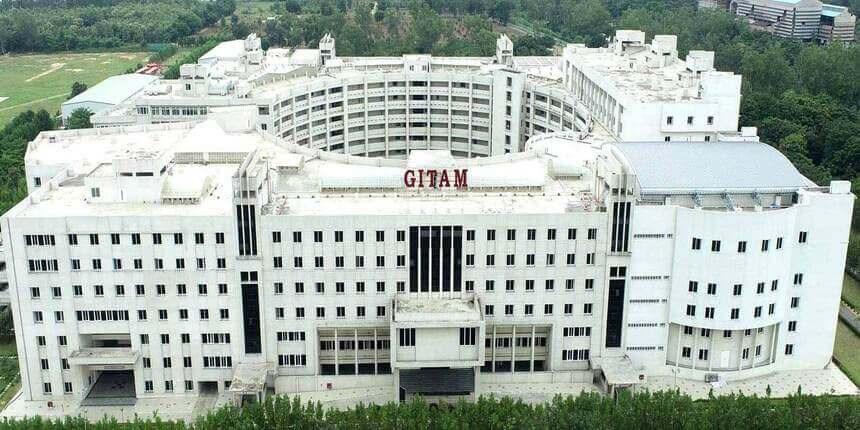Delhi government tells green tribunal that 'Good' air quality days increased in 2024
Wed 06 Nov 2024, 00:31:18

The Delhi government has submitted an action report on air pollution to the National Green Tribunal, saying the air quality index showing "good days" between January and October in the city increased from 157 in 2018 to 201 in 2024.
Good days are a cumulative of days where the AQI has been recorded as good, satisfactory and moderate.
The report said "specific mitigation action" was being taken at the 13 pollution hotspots in Delhi.
On October 24, the NGT while hearing the matter regarding the deteriorating air quality in the national capital, necessitating the invoking of the Graded Response Action Plan (GRAP), directed the Delhi government to file its report.
"With consistent efforts from stakeholder departments, good days have increased from 157 in 2018 to 206 in 2023 from January to October. This year till October 29, there have been 201 good days," said the report submitted on Monday.
It said a 21-point winter action plan with around 30 government stakeholder departments was being implemented to mitigate air pollution in the winter months.
According to the report, the major identified sources of air pollution were vehicular pollution, dust from road and construction activities, industrial emissions, burning of crop residue and open burning of leaves and garbage.
It said "specific mitigation
measures" being taken at 13 pollution hotspots, included removal of garbage, plastic, construction and demolition waste, repair of road patches and potholes, de-congestion of congested traffic points, mechanical sweeping and water sprinkling of roads, closure of polluting and unauthorised industries and night patrolling to check violations for bio-mass burning.
measures" being taken at 13 pollution hotspots, included removal of garbage, plastic, construction and demolition waste, repair of road patches and potholes, de-congestion of congested traffic points, mechanical sweeping and water sprinkling of roads, closure of polluting and unauthorised industries and night patrolling to check violations for bio-mass burning.
The 13 identified hotspots are at Narela, Bawana, Mundka, Wazirpur, Rohini, R K Puram, Okhla, Jahangirpuri, Anand Vihar (including Mandoli), Punjabi Bagh, Mayapuri, Dwarka and Ashok Vihar.
The report said various steps were taken to control stubble burning.
"In 2024-25, the government is targeting 5,000 acres of non-basmati paddy area for spraying of bio-decomposers in agricultural fields of Delhi. So far, 2,432 acres of fields have been sprayed since October 3 in the north, northwest, west, central and southwest districts," it said.
The report said 11-night teams were deployed to keep a vigil against paddy stubble burning, 365 paddy crop residue management machinery were provided to farmers at a 50 per cent subsidy, and awareness programmes were conducted.
"Twelve crop residue or stubble burning incidents have been reported in the national capital territory of Delhi as per satellite reportsâ€æ Necessary action has been taken by sub-divisional magistrates (SDMs) concerned by filing FIRs," it said.
No Comments For This Post, Be first to write a Comment.
Most viewed from National
Most viewed from World
AIMIM News
Latest Urdu News
Most Viewed
May 26, 2020
Which Cricket team will win the IPL 2025 trophy?
Latest Videos View All
Like Us
Home
About Us
Advertise With Us
All Polls
Epaper Archives
Privacy Policy
Contact Us
Download Etemaad App
© 2025 Etemaad Daily News, All Rights Reserved.






.jpg)
.jpg)
.jpg)
.jpg)









.jpg)
.jpg)
.jpg)
.jpg)
.jpg)

















